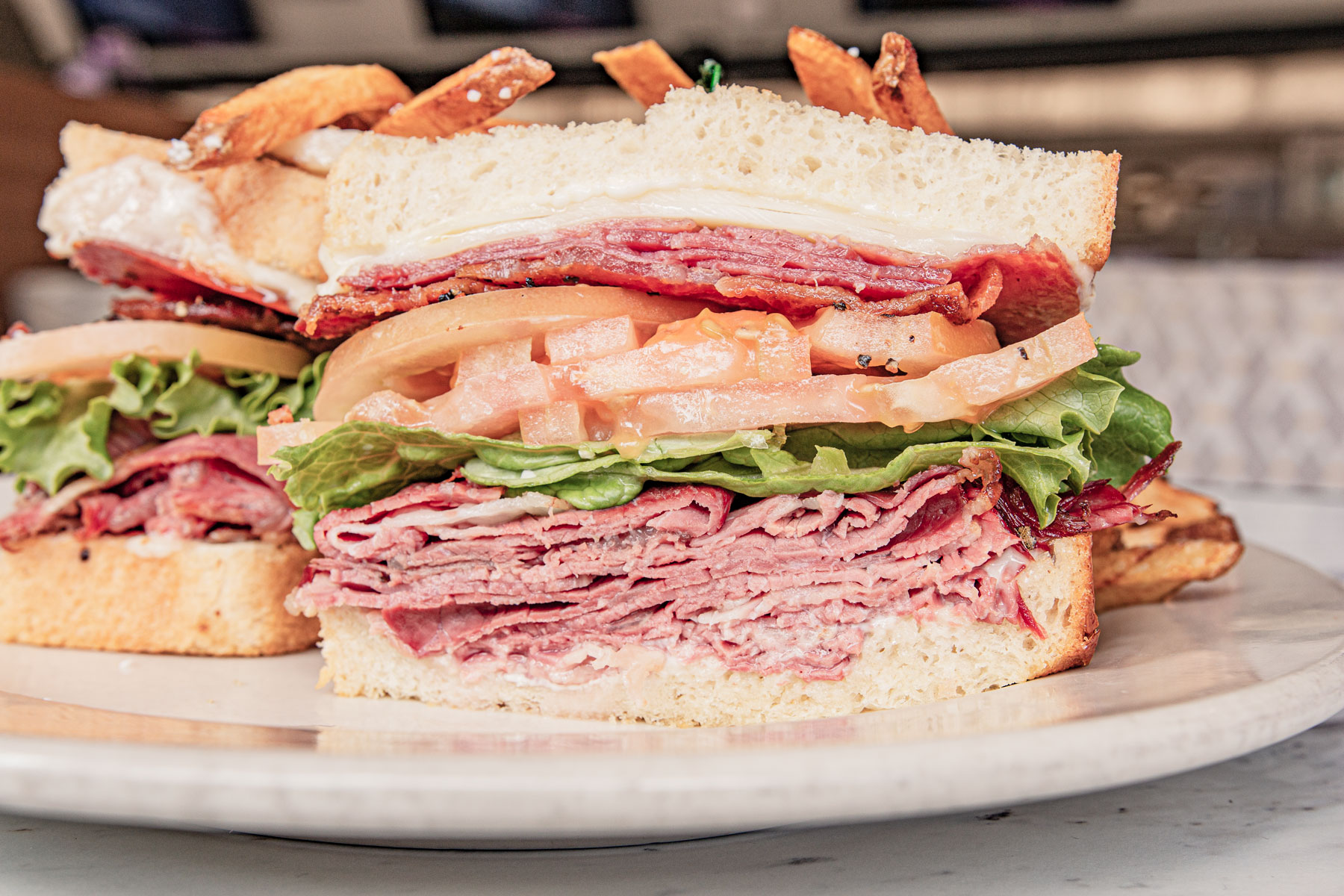
For nearly the last four decades, chef Janos Wilder and his relationship with food has migrated from global to local, settling down now in a happy marriage of both.
Wilder easily reconciles the importance of protecting regional heritage ingredients and open-minded incorporation of international gastronomy. His recipes, research, travel, and deep understanding of ingredients pay homage to global culinary citizenship and stewardship of Sonoran foodways.
Although Wilder’s first restaurant job was cooking in a pizza joint while he attended UC Berkeley for political science, his relationship with localism started later, when he lived high in the mountains 10 miles outside Boulder, Colorado in Gold Hill, following his passion for food, cooking in a historic restaurant there.
Even though the Gold Hill Inn & Restaurant was only open in the summers (the roads were all but impassible in the winter), it was difficult for supply trucks to access it because of the rough dirt roads. Wilder and the other chefs came to rely on hyperlocal items.
“We had to work with what was around us, what people foraged, local products, and neighbors who might have something growing in their gardens,” he said. “That started me on a path of at least being conscious about what might be possible where you live.”
Globetrotting Wilder went to work in Santa Fe and then Bordeaux, France to train, staging with chefs there and learning haute techniques. The ethos of working locally was reinforced, he noted, and cuisine came to mean relationships, both with producers and the products themselves.
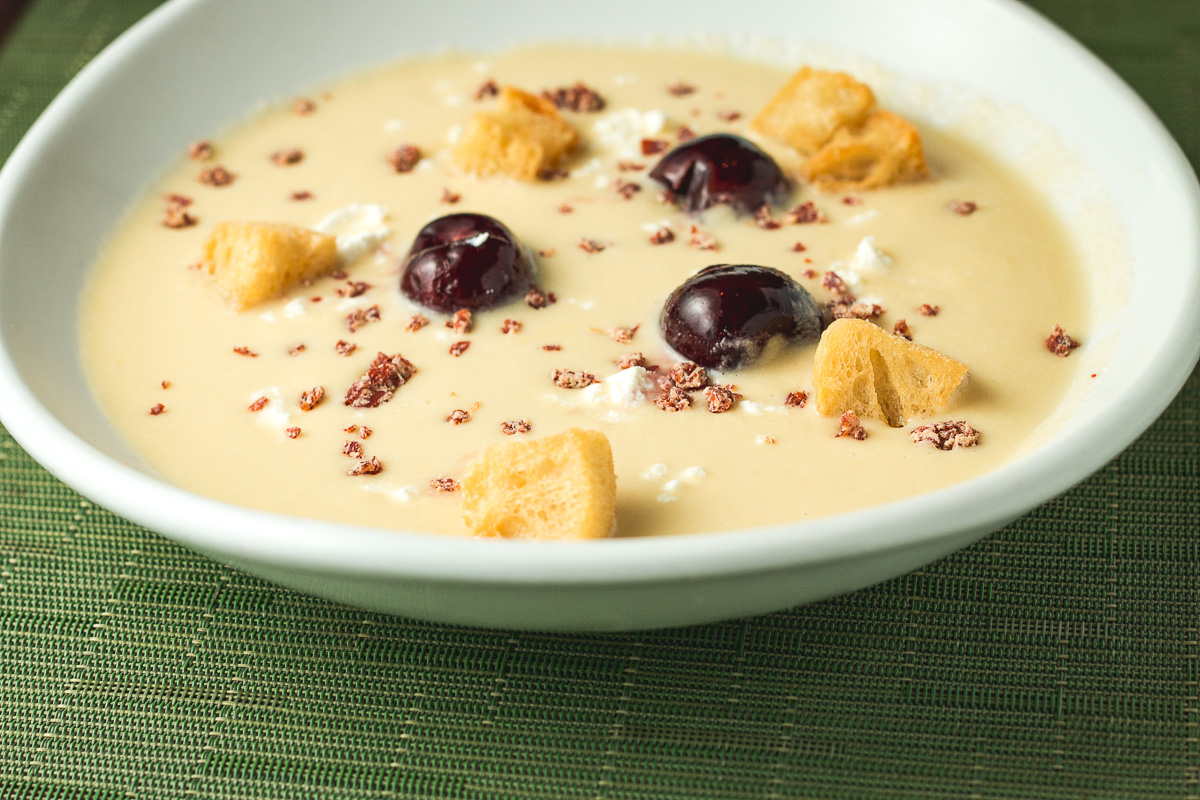
“We’d go to the market every morning, and form the menu by what we’d find in the market that day,” he said. “We’d write the menu by what we found, what fish was in, what produce. To me, the heart and soul of French cooking is when the chef and the gardener, or the chef and the fisherman, or the guy who ran the boulangerie, the butcher and charcuterie, and have relationships with the people you get your products from.”
He said he moved to the (ecologically astonishingly different) Tucson because he followed his heart.
“My wife (visual artist Rebecca, nee Bracker) is from Nogales (Arizona). She and I met in Colorado, fell in love and married there, and wound our way down to Tucson as a place where we would be comfortable making our start,” he said. They opened their first restaurant in 1983, intending to cook classical French cuisine in the desert.
He knew what ingredients he’d always worked with, so he tried to source them.
“I didn’t know anything about (Tucson), even when I got here. I wasn’t interested in what always had grown here, because I didn’t know anything had,” he noted. “I just knew that I wanted baby vegetables and squash blossoms, all sorts of great herbs, and I wanted to get the best that I could. So we started advertising for gardeners.”
But there were scant gardeners to be found. He had to commission people to grow his needs, and then he’d be one of the sole purchasers of their harvests. Aqua Vita would stock some locally-grown ingredients from these growers, but there were certainly no restaurants here using desert foods.
Gaining access to Tucson’s local foods became a challenge that required exploration and education. That meant free time, which new restaurant owners simply don’t have. But as his restaurant took off, sometime around 1986 or 1987, he stopped working from 6 a.m. to 11 p.m. and delegated responsibilities. That opened up free time for him to investigate.
“I was like, ‘oh my God, we live in a treasure.’”
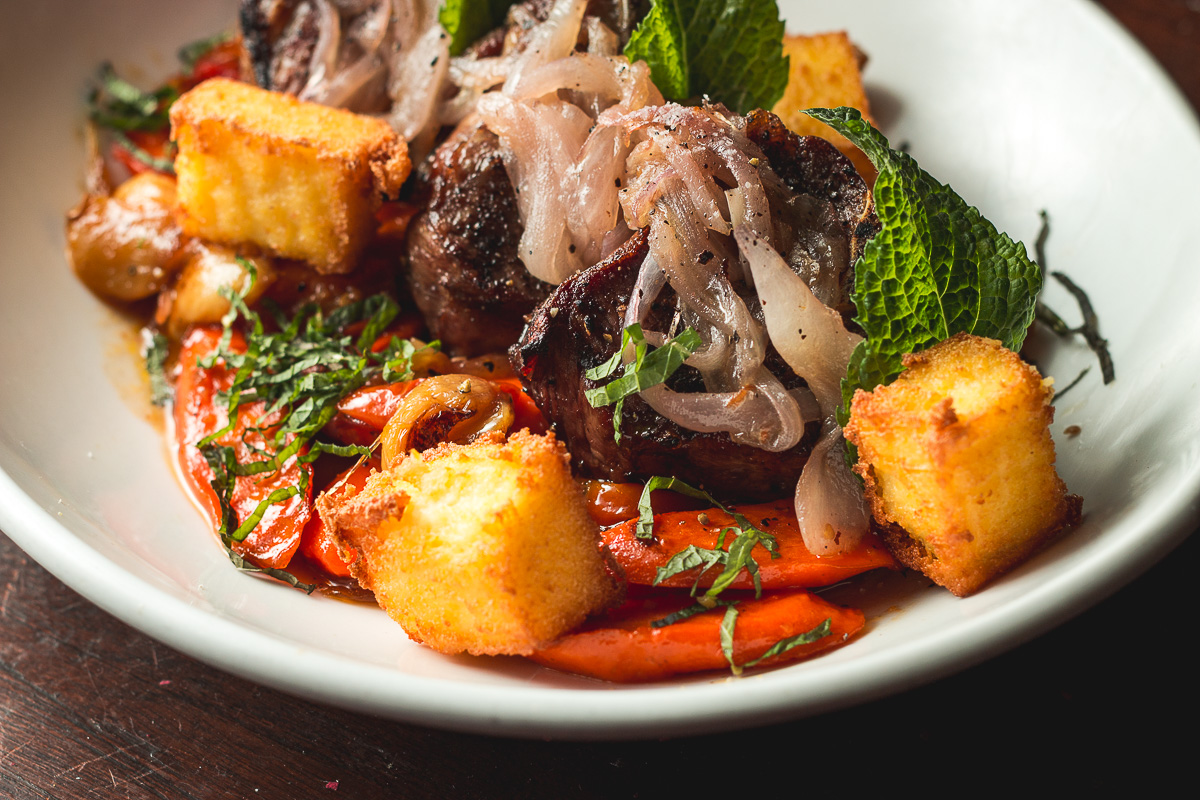
And so he began to harvest the prickly pears in his backyard.
“I had to learn about the desert from scratch,” he said. “It took a while and I’m still learning. But everything I do is guided through food, what’s edible, what can grow.”
He became involved with Native Seed/SEARCH, eventually chairing the board he sat on for more than 20 years. He attributes his advanced relationship with local Sonoran food to that group.
“I started to do a pretty deep dive,” said Wilder. “It was ingredient-driven but also culturally driven. I started to look at what would define the dishes of the region, thinking of them as cultural culinary icons. For instance, chile rellenos. I did a book about those. I looked at cultural culinary icons’ ideal types. What was it stripped back to its bare minimum? Chile rellenos are at their bare minimum, a chile. What kind of chile? Where do you get it? How do you take the skin off? How do you process it? Just down to elemental level, and the best way to do it. I don’t think that’s filling a chile with crappy cheese and roasting the hell out of it until there’s no meat on the chile and it’s just full of slits and holes, and the cheese glops out of it. That’s a convenient way to do it, but not a great way. Now you’re not even limited by what you stuff it with; you’re limited only by the most effective way to peel the thing and what flavors go well together.”
His interest switched from what could grow here to what had. “And now it’s a combination of both.”
At the time, gastronomic localism was “not being done anywhere” in the States, he noted.
“But things are a wave, a continuum,” he said, drawing on a piece of paper a sine wave to illustrate his chronology. “Forever, eating local was the only way. So you’ve got all of history, and then you’ve got the Industrial Revolution, mass farming, and that’s the latest piece of our history. Since post-World War II, transportation, refrigeration, the population explosion, comfort foods with women in the workplace … but that’s nothing, an eye blink.”
It’s only since the 1990s, he noted, that we’re looking back locally.
He eschews the futuristic molecular gastronomy because of its unnatural, or at least denatured aspects. It is an even more recent blip that started around 2005 with Ferran Adrià of elBulli on the Spanish Costa Bravo, who started taking “mass commercial food processes and making them fine dining.”
Simultaneously, the back-to-the-land, organic movement was growing strong. Whereas molecular gastronomy “applies scientific principles and chemicals to food, the other is stripping food of chemicals,” Wilder noted.
Reconciling these approaches, per Wilder, is tough if you see them as contradictory. But as a chef, you can successfully marry the two. The organic movement struck his chords and came to inform his signature style of combining French techniques with local ingredients.
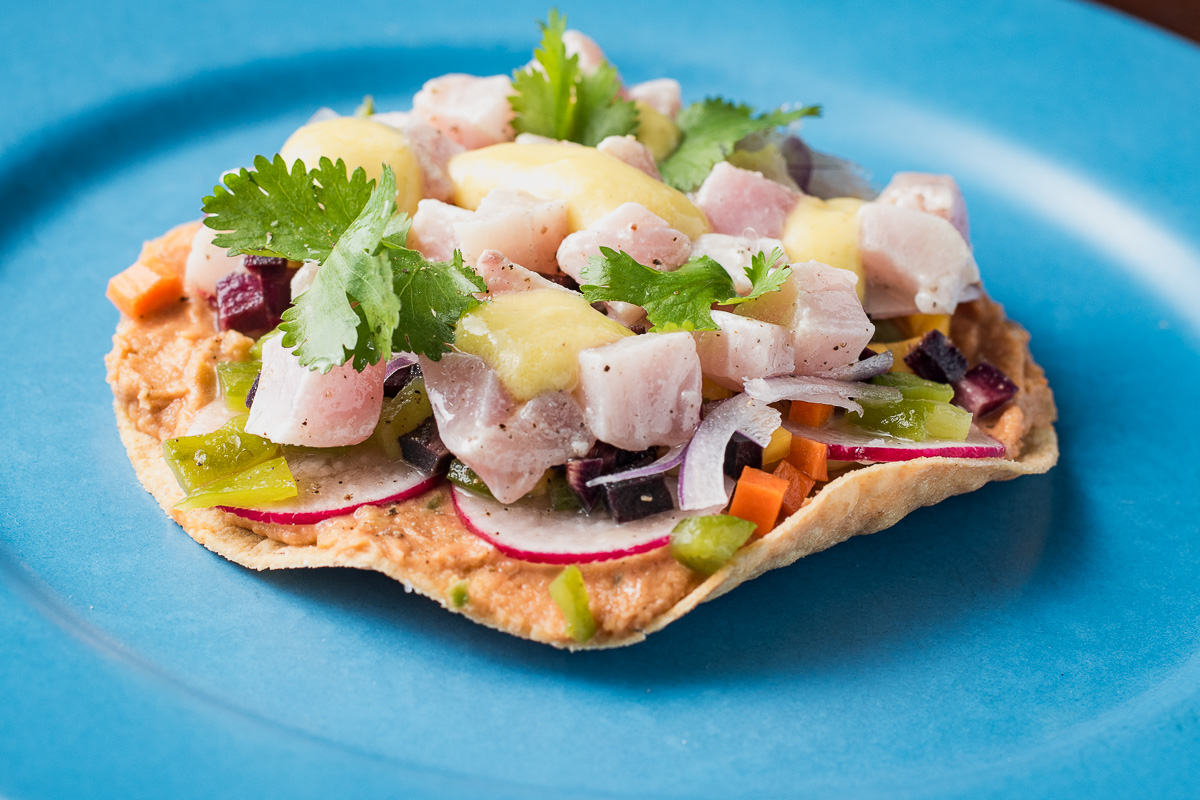
“I don’t want to be fettered. If I want to, I will put lobster in a chile relleno, and serve it with a French Nantua sauce, and with a little salad of jicama on the side. I want to be faithful to the traditions of the place but also conscious of the local palate.”
And then there’s his fascination with the global, facilitated by the technology of transport and communication. Honoring international cuisines, techniques, and indigenous or local people’s understanding of the terroir and cultural food heritage also inform Wilder’s cheffery. The back of Downtown Kitchen + Cocktails’ menu changes approximately monthly, providing a very well-researched and executed representation of a different place’s cuisine each time.
He’s particularly inspired by the communication of the current generation of chefs on social media.
“They talk to one another on social media and belong to face-to-face organizations like Tucson’s GUT (the Gastronomic Union of Tucson). They share recipes. My generation didn’t share recipes. My generation of Tucson chefs are all friends, we’ve known one another for years. But we don’t really talk about what we’re doing in the kitchen.”
In the wake of the UNESCO World Heritage designation, many Tucson chefs are jumping on the localism chuckwagon, giving impetus to nurturing local products and techniques, catching non-locals’ fascination via culinary tourism.
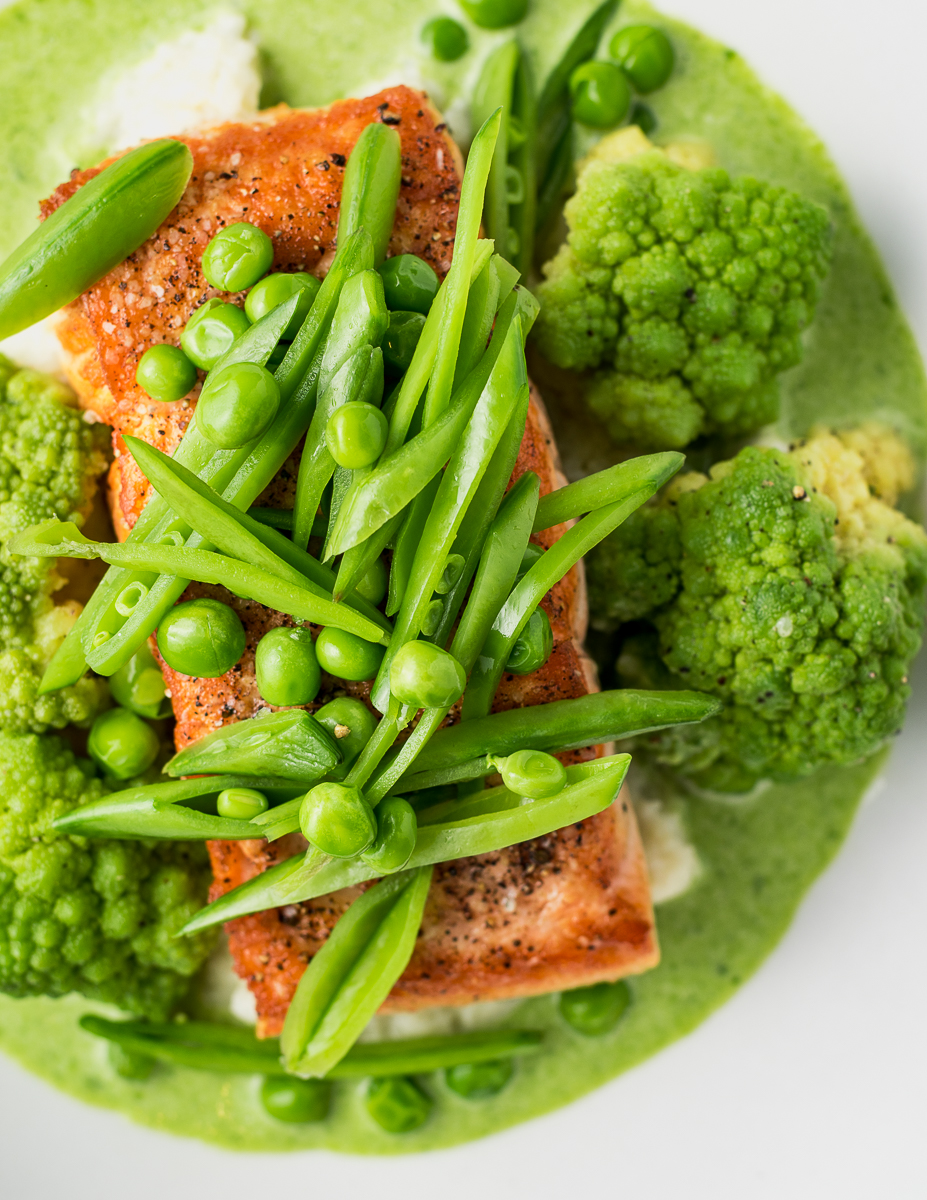
Wilder’s advice to new chefs is to remember one thing: “cook delicious food. Experiment all you want, but keep it in your home kitchen. Your customers are not guinea pigs,” he said.
While Wilder’s customers at the pricey Downtown Kitchen + Cocktails are not representative of Tucson’s less-than-wealthy population, he does ensure that people outside his milieu have access to healthy local food. He does so via philanthropy with many local organizations, and by hiring from refugee networks. This, he said, gives people their first jobs in the United States and language acquisition.
Plus he helps the ingredients themselves, having been active and retaining close ties with Native Seeds/SEARCH which repatriates heirloom seeds, among other altruistic acts salvaging and promoting our foodways.
On the current seasonal menu are figs and pomegranates. Keep an eye out to see what unfettered creations Wilder makes with them. Perhaps they’ll occur as part of an international dish from wherever he takes his customers next – gastronomically, that is.
Janos Wilder is a James Beard award winning chef and owner of DOWNTOWN Kitchen + Cocktails. Learn more about Wilder’s 40 years in Tucson’s restaurant scene at downtownkitchen.com.